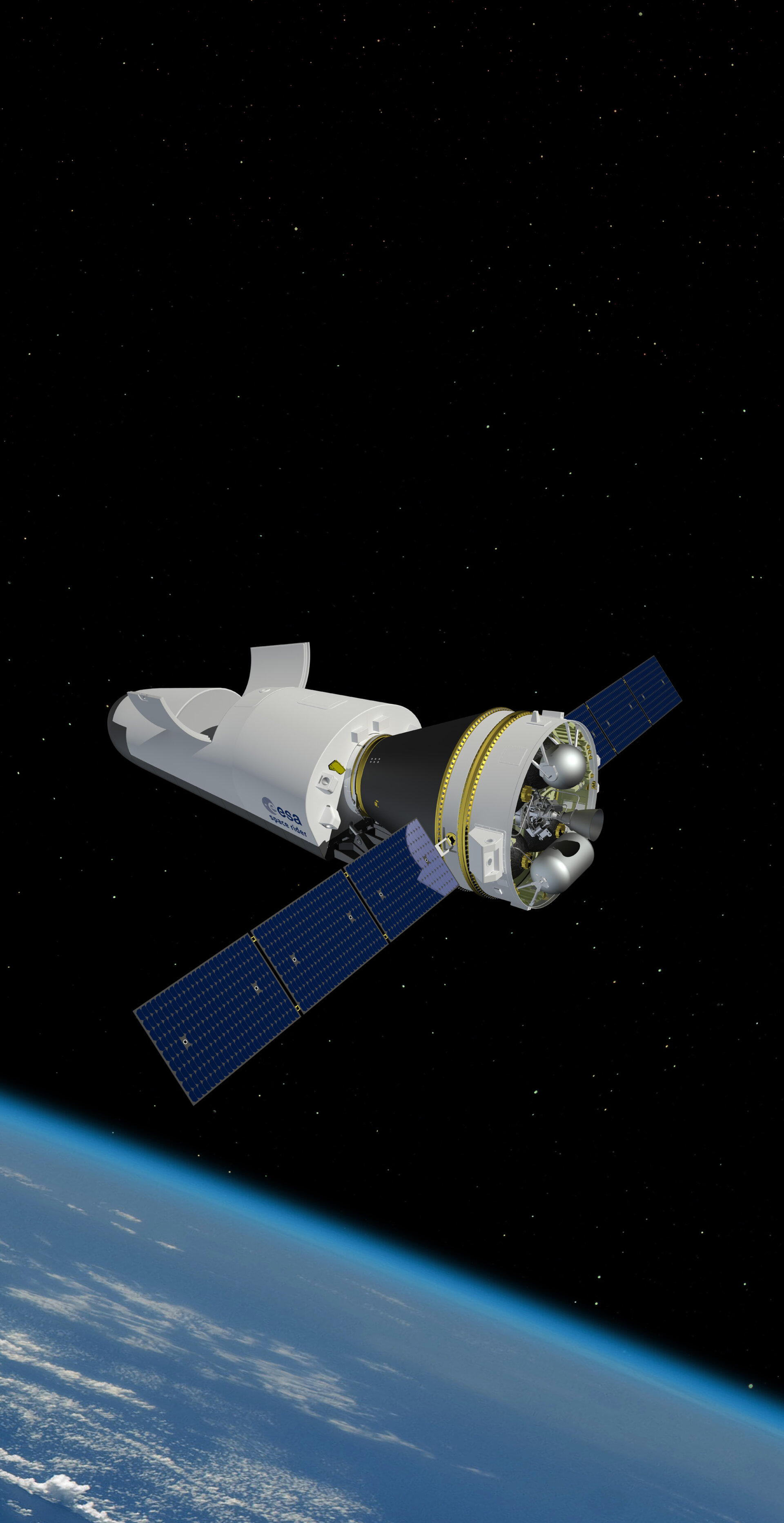Space Rider spacecraft user guide update
In brief
Are you the type who enjoys reading the manual of a gadget or high-tech purchase, as much as the thing itself? The Space Rider team behind ESA’s reusable robotic space laboratory have released an update to the spacecraft’s user manual and it is freely available.
In-depth

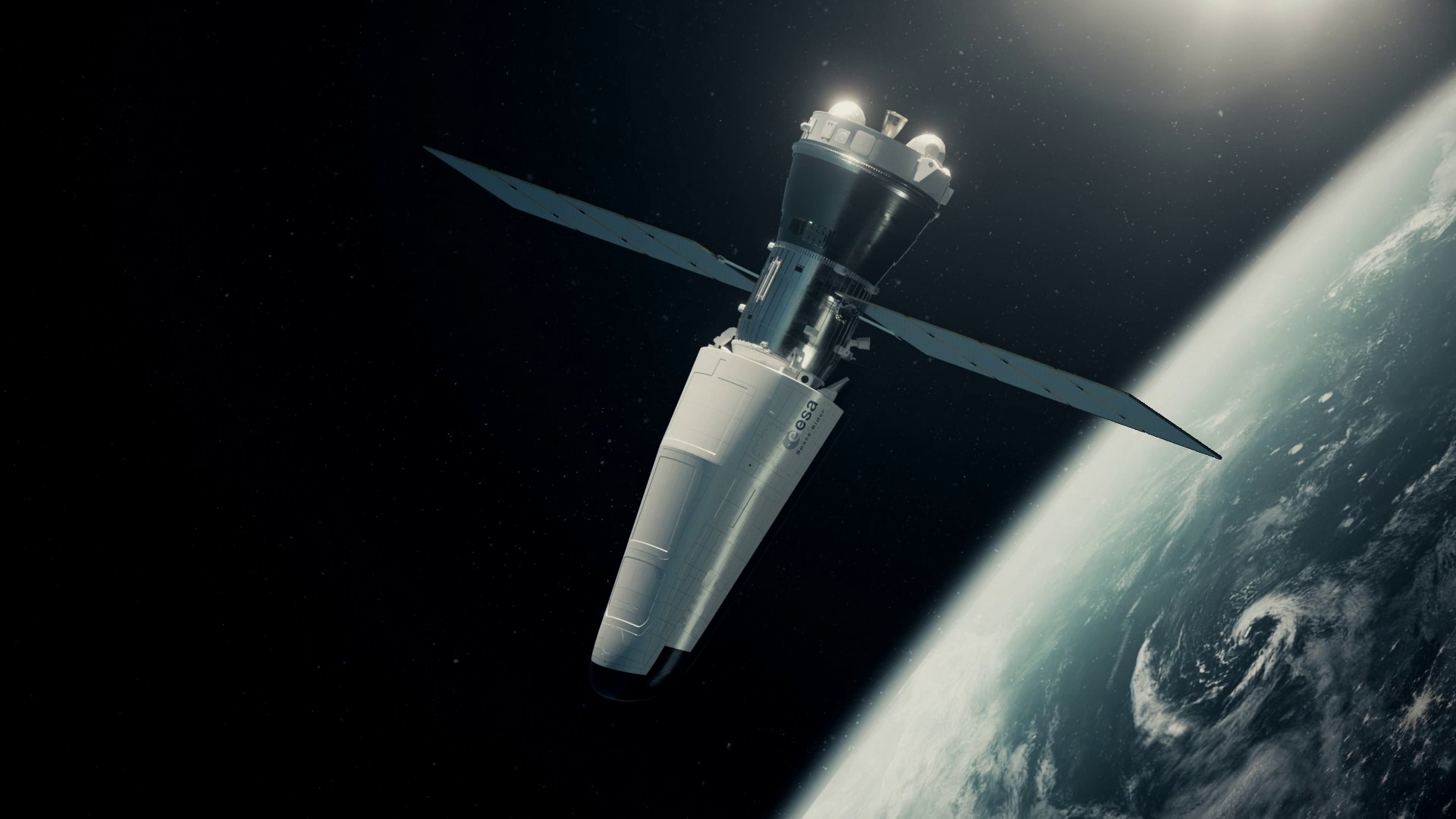
Access the video
The new version of the Space Rider user guide collects all the updates since the project passed its critical design review last year, the final step before moving to production.
Space Rider is an uncrewed laboratory about the size of two minivans that will be able to stay in orbit for up to two months. The spacecraft comes in two parts, an orbital module that supplies everything it needs to fly around our planet and a reentry module that brings Space Rider and its experiments back to Earth.
Read the full manual
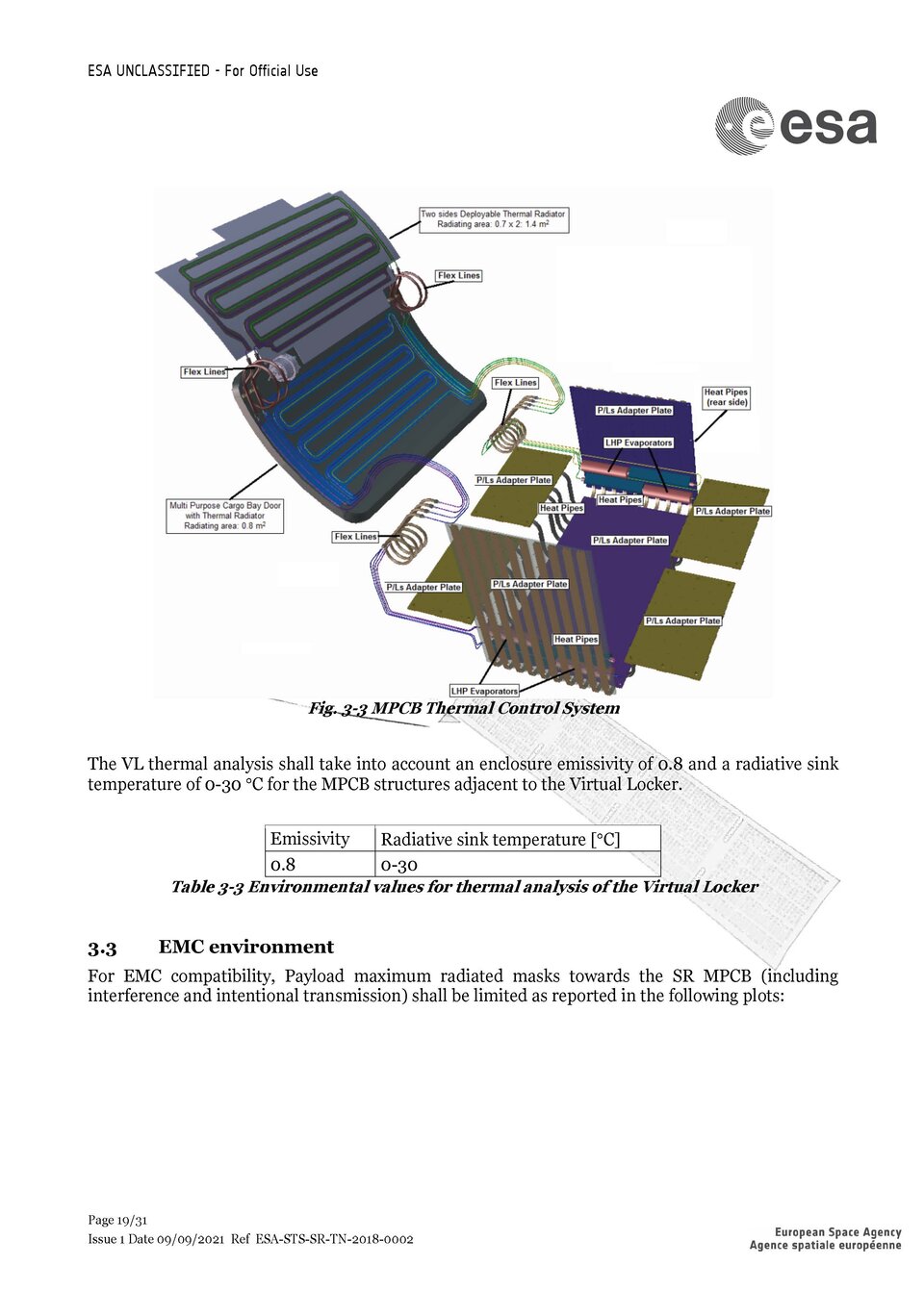
The Space Rider manual provides an overview of the vehicle, its services and various mission scenarios. The manual gives users high-level knowledge and allows potential future users to plan for commercial mission opportunities. It is available to download, print and archive for anyone who wants to use the spacecraft in the future, or even if you just want to say you’ve read a spacecraft manual.
The document ends with details on the vehicle and technical aspects for the payloads.
If you want to know which communication protocols are supported, or how many GB of data can be downloaded a day, how many G’s it will pull, how much humidity to expect during transport and launch or the expected radiation to be received in space, you will find it in the user guide.
The user update includes more details on ground controls and landing site operations, finalised values for interfaces and working environments, new sections on payload designs and integration and an annex with a mission timeline.
Payload perfection
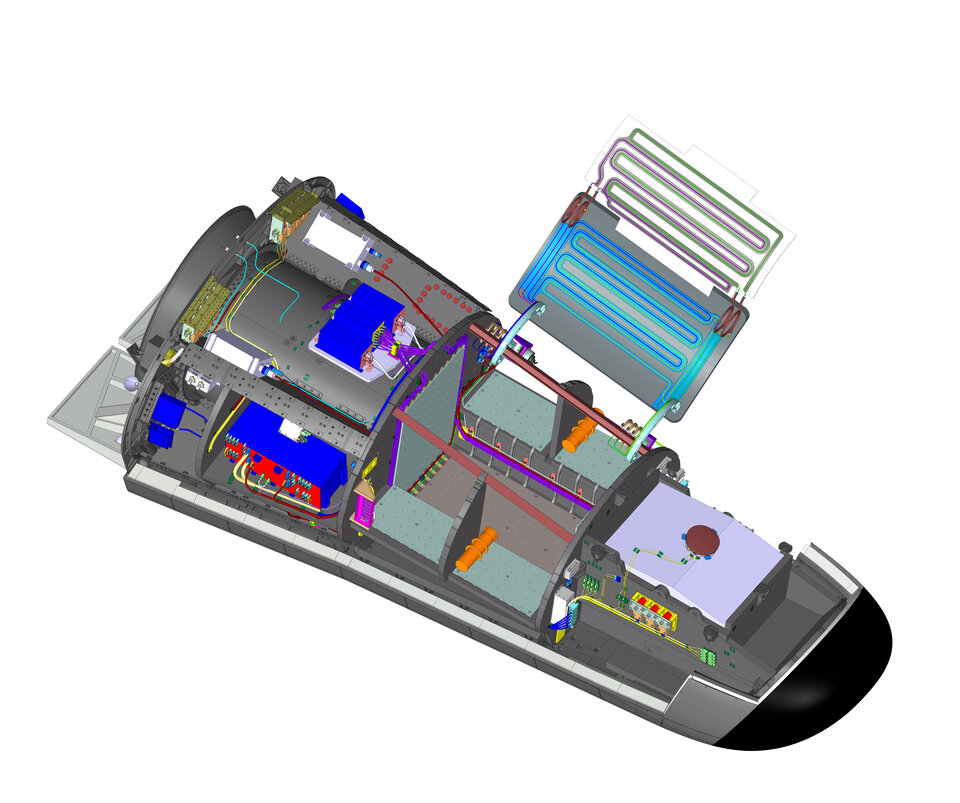
Space Rider is designed for payloads, putting experiments and more into space and returning them to Earth. The manual expands on how customer payloads can be connected to Space Rider. These can be over a cubic meter in size and up to 600 kg. The payloads can be contained or exposed to space and even have a view of Earth as Space Rider flies around our planet.
Scientists, engineers and customers will have last-minute access to their equipment on Space Rider with a lean operational approach, and technical flexibility in the runup to launch.
Putting it in practice
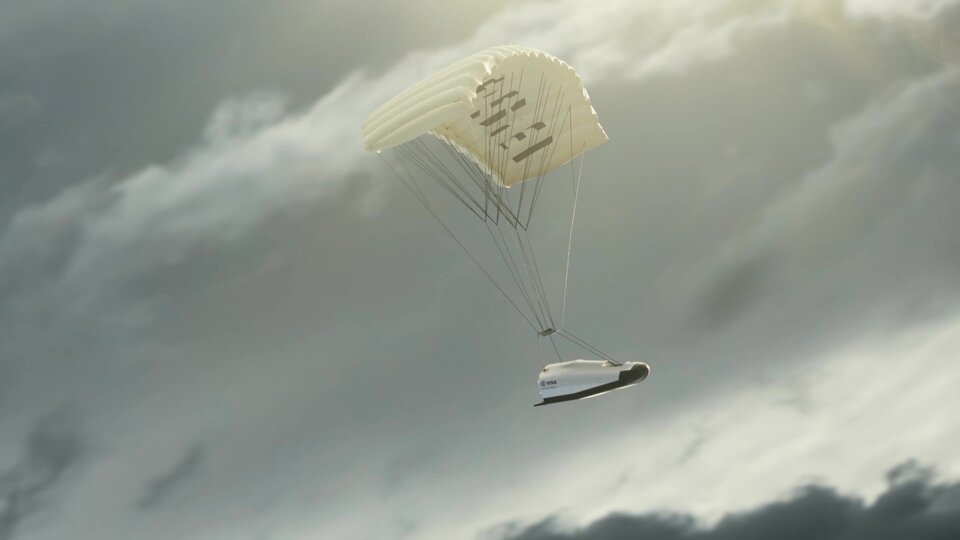
As future users get acquainted with the spacecraft, the Space Rider teams are getting ready for the first real-life tests this year.
Space Rider uses a novel technique for braking from its orbital speeds of 28 800 km/h to a soft landing on a dedicated runway, soon to be built at Europe’s spaceport in Kourou, French Guiana. Returning from Earth orbit at supersonic speeds, Space Rider will release a parafoil at around 5 km altitude and steer itself automatically to a soft landing.
Tests on a smaller parafoil will start in Spain first, with larger scale tests on the full 70-m2 parafoil afterwards. The smaller tests will allow engineers to tweak the algorithms that will pilot the spacecraft using winches to pull and release the canopy – just like a human paraglider pilot does.


